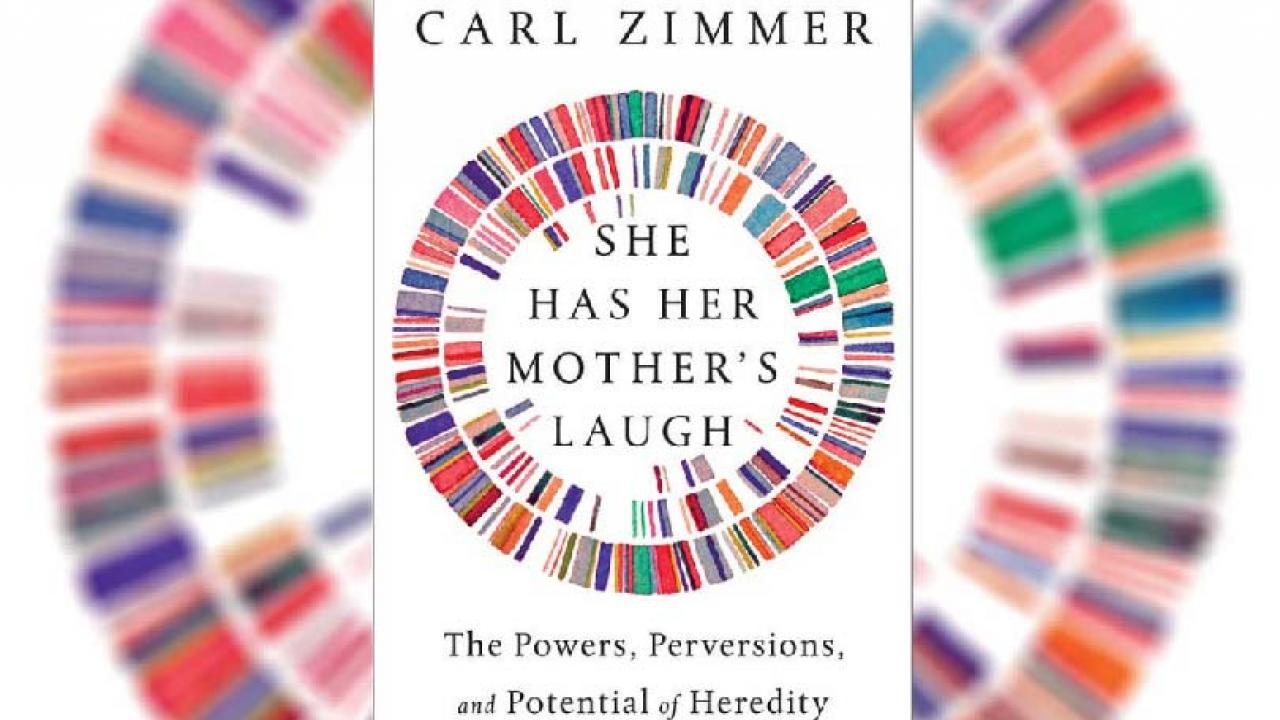
Part V: The Sun Chariot - Reader's Summary
In the final section of the book, Zimmer wraps up his narrative but leaves us with many of our own questions. The development of the genetic technology CRISPR and the implications of the technology are revisited. One of the first applied uses of CRISPR was to enhance and alter crops quickly. From there, the use of CRISPR expanded to multiple cell types and species, raising many ethical questions along the way. The ethical debates around the use of genetic technology resulted in legislation that prohibited the editing of germ cells, however the overall progress of genetic technologies was not slowed.
As part of the last section of the book, we learn a little bit more about different genetic technologies that developed leading up to CRISPR. One important example was the discovery by Japanese scientist Shinya Yamanaka of how to reprogram mature cells to a stem cell state, a discovery which he won the nobel prize for. CRISPR and the implications of CRISPR technology then remain the focus of the rest of the book. The lab of Dr. Gantz at UCSD developed a technique known as a mutagenic chain reaction where they were able to insert CRISPR sequences into the genome of flies using CRISPR technology. By inserting the CRISPR sequences into the genome of flies, the flies own biology carried out the gene alterations leading to changes in the germ line. The mutagenic chain reaction has far reaching implications and once again raises many ethical questions. The book closes with a visit to Dr. Jame’s lab, who focuses on breeding malaria resistant mosquitoes. Despite powerful new technology, it is still difficult to ensure mosquitoes maintain the desired altered genes. The research done is Dr. Jame’s lab serves as a powerful reminder that, despite our many advances, there are still much knowledge to be gained before we successfully reach the point producing the ever feared designer babies.
Discussion Points
End of the book: like or dislike?
- Thought that Zimmer did a good job leaving the ethical side of genetics open at the end
- Interesting point: The idea that children don’t/can’t give consent to genetic changes
- What is the difference between changing the genetics of a child versus creating a child in general?
Heredity throughout the novel
- Humans always try to control heredity/genetics
- Other issues driving differences in success besides just genetics such as poverty
- Gattaca as an example of what people think of with genetic inequality
- Issues that might arise if the government were to be involved in controlling genetics
Overall impressions of the book
- The beginning of the book everyone connected to due to the personal anecdotes
- Looking for the book to close with a personal connection to his journey through learning about genetics
- There are certain topics covered in the book that we would have liked more of a focus on
Ethics of Technology
- Technology will continue to advance
- Who is responsible for enforcing/monitoring ethics or setting ethical standards
- Can we decide to make changes that could alter ecosystems etc?
- Would parents regret choosing certain traits
- Wealth gap for different countries: some countries have the technology to detect genetic disease and medical care to make choices about if children with genetic diseases are carried to term.
Where could CRISPR take us?
- Too difficult to choose an end point. Hard to say if we stop at genetic diseases, other disease, physical characteristics, etc
- Seems that there should be some respect for natural genetics
- There should be some respect for our evolutionary history
- CRISPR can also be used just to progress basic science
Logan Savidge is a graduate student in the biological psychology program at UC Davis. She works with titi monkeys in Karen Bales’ lab to study the biology and neuroscience of parent-child or adult partner attachments. She is also currently working as the public information officer for the California National Primate Research Center (CNPRC). She manages their social media platforms and provides content for the website. Follow her and the CNPRC on Twitter @Loganesav @CNPRCresearch.
For more content from the UC Davis science communication group "Science Says", follow us on twitter @SciSays.

Comments